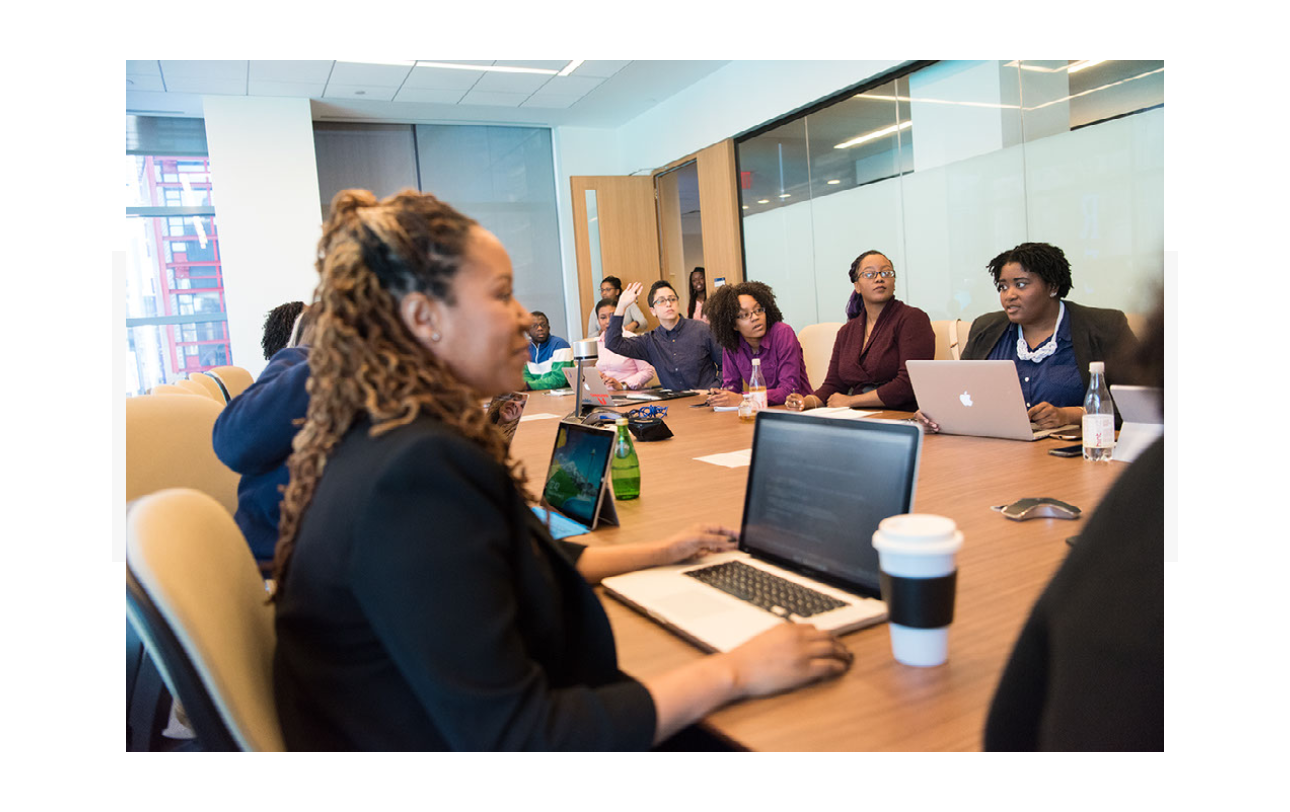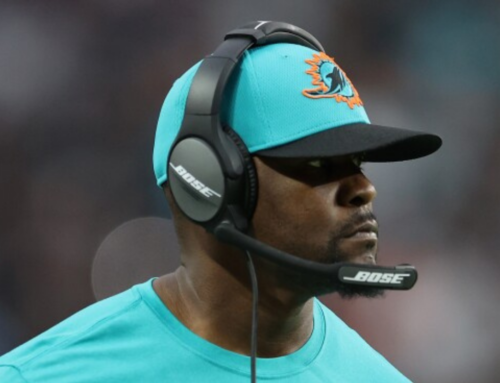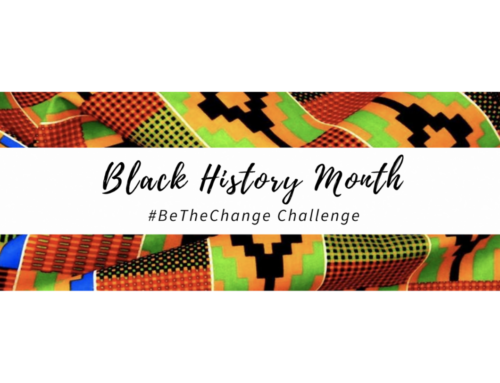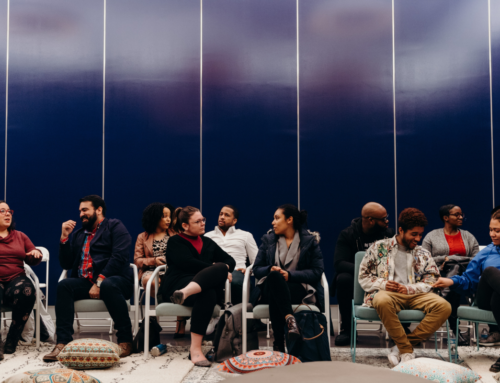Prof. Stefanie Johnson joined Wharton’s Stew Friedman to discuss her research on leadership approaches to building diverse organizations, why they fall short, and how to “Inclusify” instead.
More organizations are waking up to the importance of implementing diversity efforts, but despite good intentions to create inclusive workplaces, executives often miss the mark. Stefanie Johnson, associate professor at University of Colorado Boulder’s Leeds School of Business, studies the intersection of leadership and diversity, and strategies that leaders can use to mitigate bias. Johnson joined Wharton’s Stew Friedman to discuss her new book, Inclusify: The Power of Uniqueness and Belonging to Build Innovative Teams, which highlights the archetypal approaches leaders take to build diverse organizations, why they fall short, and how to better enact change and “inclusify.”
Creating an inclusive workplace requires consistent action and behavior over time.
“The idea of the word ‘Inclusify’ is that ‘include’ is the action people would associate with inclusion, but I think that it’s not enough to just include people. People associate inclusion with, ‘I included you. I let you in the room and now I’m done.’ Inclusifying is this idea that it’s a constant action and behavior that we need to exhibit over time.”
“Doing interviews and talking with leaders about inclusion, I started to see these really consistent ways that leaders talked about diversity that I would feel like, ‘Have we spoken before?’ I started to stack up these piles of papers from interviews that had archetypes of different ways that leaders go slightly wrong in trying to create inclusion, and then did the research to figure out how to fix it.”
There are three actionable steps executives can take to overcome archetypes and become “Inclusifyers.”
ORGANIZE MEETINGS
“Start with a learning orientation. You’re designing meetings and interactions in a workplace where you’re encouraging different views. That’s hard to switch if you’ve already had a culture that doesn’t, but you can start in one place. I’ll start with a meeting because that’s where we exchange a lot of information. Have people send their responses to you as the person running the meeting, which is important during COVID so you don’t get in those meeting situations where you have the same people who are always contributing and the different views either aren’t elicited or are quickly dismissed.”
AMPLIFY OTHERS
“What leaders can do for their team is to help people not feel invisible or have people feel insular, by just ensuring that they broaden socially but also their intellectual contribution is brought out and valued, because at the end of the day, isn’t that what we want? All of us want to contribute and create a more positive workplace or world and we need support to see how we’re able to do that.”
“We don’t have to be the leader to give attention and reinforce voices that maybe aren’t the majority. If someone steals your idea, attribute it back to the person who initially said the idea. That’s an amplification circle, you can create these, and it’s not just women or people of color. I think a lot of allies or men have asked me, ‘How can I be an ally?’ One way is to make sure that everyone is contributing in meetings, and that you’re supporting the contributions of people who might not be heard.”
SET GOALS
“The big one is to set goals. We’re not going to successfully change anything if we’re just adding more employee resource groups. I love employee research groups. If we’re adding unconscious bias training, I love unconscious bias training. I do this all the time. But it’s not going to change numbers.”
“Good intentions do not always turn into good behaviors. It’s really hard for us to see the bias and then fix it. Instead, you start with: do an audit, look at who you have in your organization at the top/middle, consider the vertical where people are distributed, and then consider maybe some kind of benchmark for where you’d want to be, what aspirational companies have, or how you could change.”
Diverse and inclusive workplaces create successful organizations. However, these efforts to promote belonging and uniqueness and the idea of “inclusify” need to be an ongoing and continuous process.
“When you get people into your organization through recruitment and hiring and promotion, you need to be working on the culture and creating an environment where those individuals with different perspectives feel like they’re going to thrive and they see the path forward for themselves. That’s ‘inclusify.’ It’s creating a place where people see that their different perspective is valued.”











Leave A Comment